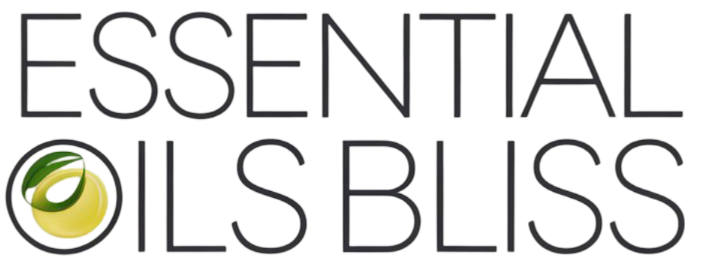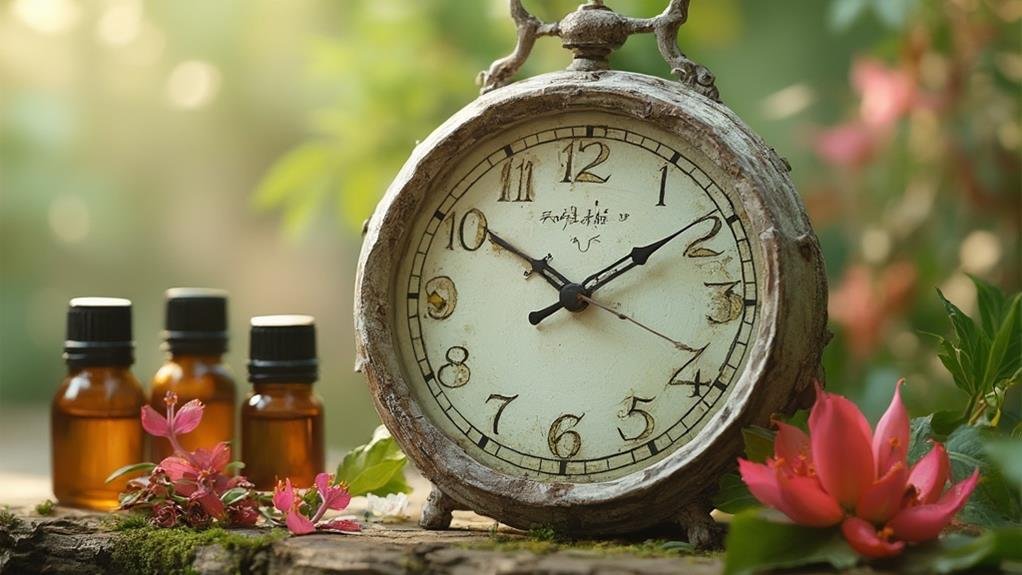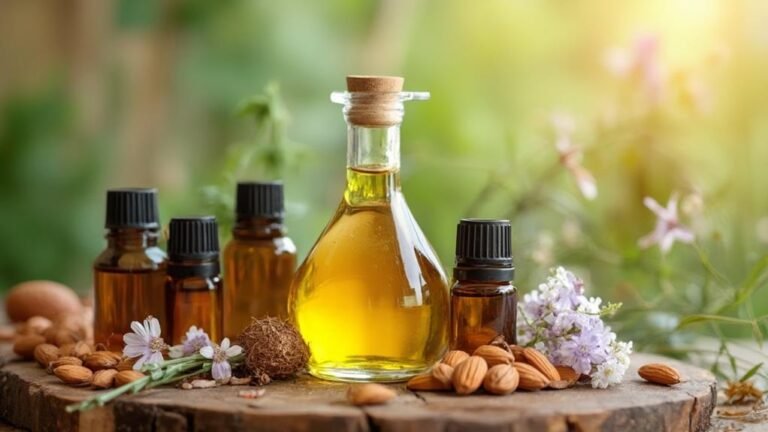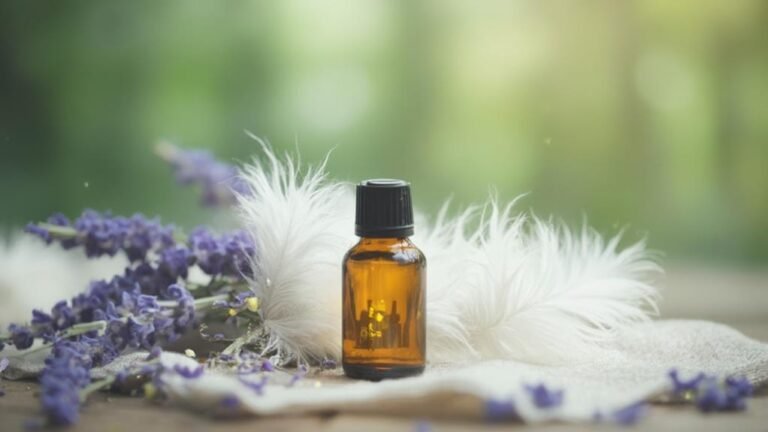How Long Does It Take for Essential Oils to Work?
Essential oils have emerged as nature’s gift to holistic wellness. From soothing aromatherapy to topical applications, they offer a diverse range of benefits. But a common question lingers: How long does it take for essential oils to actually work?
The answer is not straightforward. Depending on the specific oil and how you use it, you might feel the effects within seconds (like inhaling peppermint for a quick energy enhancement) or it could take up to an hour or two (like applying lavender topically for muscle relaxation).
Let’s explore these intricacies to unlock the full potential of essential oils.
Factors Affecting Essential Oil Effectiveness

The effectiveness of essential oils is a delicate interplay of multiple elements:
- Quality of the Oil: The purity and authenticity of an essential oil are paramount. Look for certifications like “certified organic,” “wild-crafted,” or “sustainably sourced” to ensure you’re getting the real deal.
- Individual Characteristics: Your body’s unique chemistry, including age, health status, and even genetic makeup, can influence how quickly and effectively essential oils work for you.
- Application Method and Dosage: The way you use essential oils matters. Inhalation offers the fastest results, while topical applications take longer. The right dosage is crucial too – more isn’t always better.
How Essential Oils Enter the Body
Essential oils work their magic by entering your body through various pathways:
- Skin Absorption: When applied topically, essential oils penetrate your skin, interacting with cellular receptors to trigger various responses.
- Inhalation: Inhaled essential oil molecules swiftly travel through the respiratory system, reaching the bloodstream and brain for rapid effects.
- Ingestion: While not commonly recommended without expert guidance, some essential oils can be ingested, though caution is advised.
Timeframes for Different Application Methods

The time it takes for essential oils to work varies depending on how you use them:
- Inhalation: Feel the effects within seconds to minutes, making it ideal for immediate stress relief or respiratory support.
- Topical Application: It can take 15-30 minutes for localized areas or up to 1-2 hours for larger areas.
Fastest-Acting Essential Oils
Some essential oils are known for their quick action:
- Peppermint: Soothes digestive discomfort and nausea rapidly.
- Lavender: Promotes relaxation and eases anxiety within minutes.
- Eucalyptus: Offers fast relief from respiratory congestion.
- Rosemary: Enhances alertness and focus quickly.
Individual Results May Vary
It’s essential to understand that each individual reacts differently to essential oils due to a variety of factors.
Genetics play a significant role in how your body metabolizes and responds to different compounds. For example, someone may find that lavender oil helps them relax, while another person might not experience the same calming effect.
Additionally, existing health conditions can influence the effectiveness of essential oils. People with allergies, skin sensitivities, or certain medical conditions might need to be cautious when using certain oils.
Lifestyle choices, such as diet, exercise, and stress levels, also contribute to how essential oils affect you.
The Importance of Quality and Purity
When it comes to essential oils, quality and purity are paramount. High-quality oils are sourced from the best plants and processed with care to retain their therapeutic properties.
Pure essential oils are free from synthetic additives, fillers, or contaminants that can diminish their effectiveness and pose health risks.
Investing in reputable brands is vital. Look for companies that provide detailed information about their sourcing practices and quality control measures. Certifications from third-party testing organizations can also indicate the integrity of the product. Consider exploring more about safe oil choices with phthalate-free essential oils.
Aromatherapy vs. Topical Application
- Aromatherapy: Inhaling essential oils directly impacts your brain and emotions, offering swift mood enhancement and stress relief.
- Topical Application: Applying diluted essential oils to the skin allows for localized benefits and targeted relief. Learn more about the interaction with the skin by checking how perfumes without essential oils work.
Conclusion: Embracing the Power of Essential Oils
Essential oils offer a natural pathway to wellness, but understanding their nuances is key to unlocking their full potential. Remember:
- Patience is key: Give essential oils time to work their magic.
- Quality matters: Choose high-quality oils from reputable sources.
- Listen to your body: Pay attention to how your body responds and adjust your usage accordingly.
By incorporating essential oils mindfully into your routine, you can experience their transformative power and embark on a journey of holistic well-being. For example, explore how essential oils can interact with common household processes such as using essential oils in your washing machine.
Remember, the journey to wellness is unique for everyone. Embrace the power of essential oils, and let their natural essence guide you towards a healthier, happier you.







